The Evolution of Tattoo Design
The world of tattoo artistry has undergone a profound transformation, thanks to the integration of artificial intelligence (AI). This cutting-edge technology is revolutionizing the way tattoos are designed, enhancing personalization, streamlining the creative process, and even aiding in tattoo cover-ups. Join us as we delve into the evolution of tattoo designing and explore how AI is reshaping this ancient art form.
Tattoo artistry has witnessed a remarkable evolution, from its origins in ancient tribal markings to today's intricate masterpieces. This journey not only reflects shifting trends but also the influence of changing cultural perspectives and the relentless march of technology. In the digital age, tattoo designers now harness the immense power of computer software and AI to craft intricate and highly personalized designs.
AI in the Tattoo Industry
We caught up with Konstantin Alekseev, an experienced tattoo artist at Fame tattoos in Miami, to understand how AI is revolutionizing the world of tattoos. With extensive experience in using digital tools, including 3D modeling, Alekseev shed light on how AI has transformed his workflow.
«AI is enabling tattoo artists to bring their clients' visions to life. Clients can sit down with an artist, share their ideas, and AI can rapidly generate design options tailored to their preferences. This not only accelerates the design process but also provides clients with a wide array of choices, ensuring they receive a tattoo that truly reflects their individuality», Konstantin remarked
AI Tools and Their Impact
Alekseev shared insights into some of the AI tools that have significantly enhanced his work. One standout is "Midjourney," a robust image neural network known for its exceptional quality and detail. Artists like Alekseev rely on it to generate elements for their compositions, whether it's a character, object, or location.
"Stable Diffusion," another powerful AI application, offers precise control over design, allowing artists to transform linework into various styles, from vibrant watercolors to lifelike movie posters. It's also invaluable for enhancing low-quality or blurred images and restoring old photographs in seconds.
Konstantin also mentioned several other AI tools, including "Remini" for upscaling old photos, "Relight" for adjusting lighting and adding colored light sources, and "Krea AI," a groundbreaking tool that generates and alters images in real-time, even using a webcam for pose references.
Case Studies. AI-Enhanced Tattoo Projects.
Konstantin Alekseev presented remarkable real cases from his own experience showcasing AI's impact:
Relight
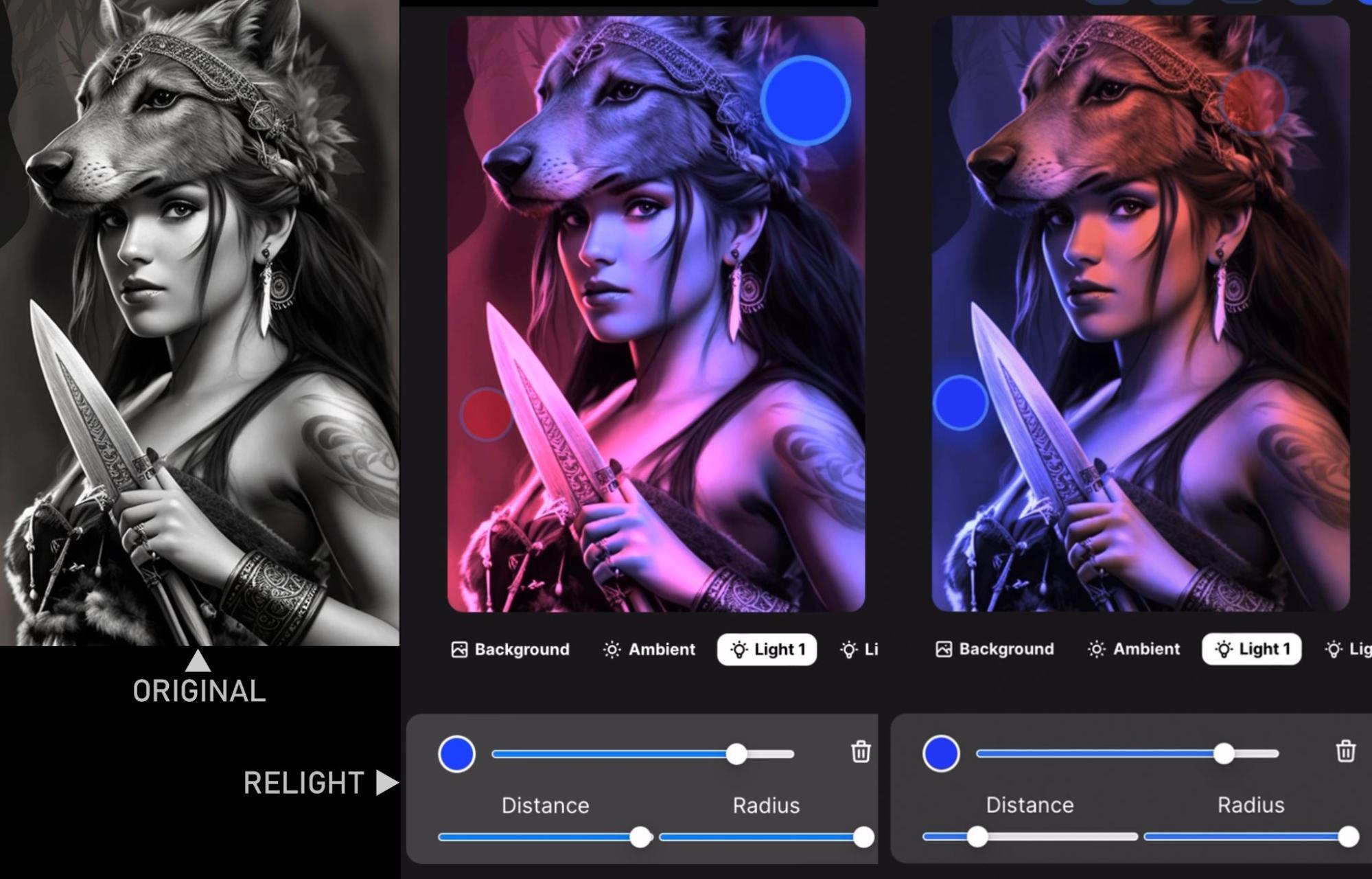
This is a service that allows you to change lighting and add light sources of different colors. Just upload a picture. For best results, I recommend starting with one in monochrome. Here you can see 3 unique light sources all on the same image. They can be removed or changed in position, brightness, colors, and size. I found out that it doesn't work well with all objects, but it works great with people.
Remini
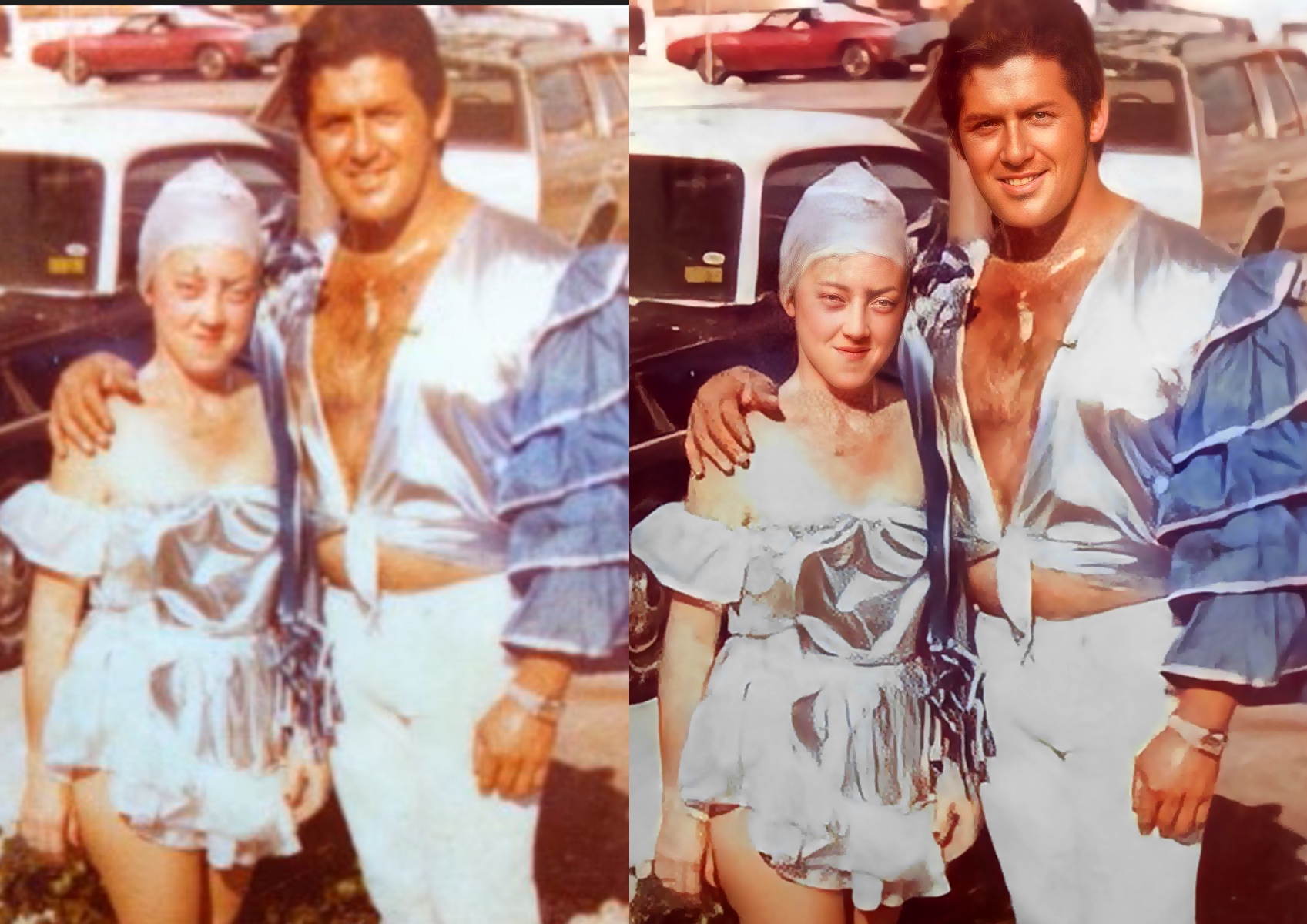
A common dilemma that many artists faced revolved around fulfilling client requests for tattoos based on old, often blurred and damaged photographs of their parents. However, this challenge is now a thing of the past! Thanks to advanced technology, we no longer find ourselves stuck in such situations. Clients are delighted to witness their parents restored to crystal-clear, 4K quality and satisfying tattoo experience.
This is one of the best face Upscaler options you can find. It is probably one of the simplest, yet very cool features. And it only takes a couple of minutes.
You can see how good it is, even on the other objects, not just faces.
Krea AI

Introducing the most innovative, user-friendly, and versatile tool that will revolutionize your creative process. Currently available as a free Real-time AI Image generator, this tool operates seamlessly based on your prompts and sketches. Whether you're swiftly composing geometrical objects, sketching out ideas, or uploading images, you can expect instantaneous generations tailored to your input. Any alterations made within the drafting interface are reflected in the generated output in real-time. Moreover, you have the option to leverage a webcam or existing photos to craft unique poses for stylized characters.

MidJourney
In Midjourney there are not as many functions for controlling the generation of images but at the same time, the MidJourney model itself, and specifically the newest version, version 6, produces art of incredible beauty and detail.
My favorite way to use Midjourney is to generate multiple images and use different parts of each. I combine them in Photoshop, and then feed the new image, which might look a little rough, back into another AI app which can polish it, and turn it into one cohesive work of art.
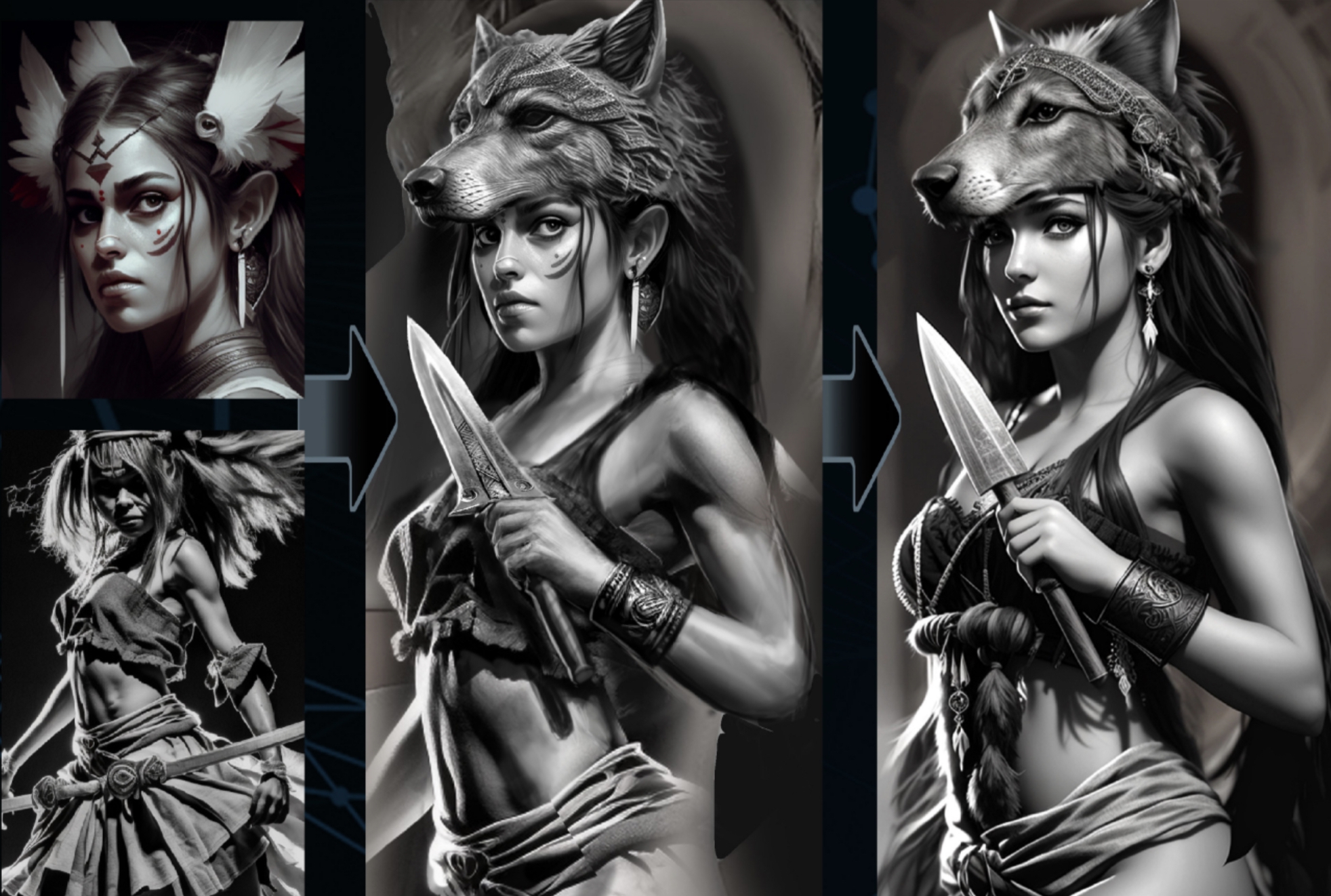
1.References made in MidJourney.
2. Combining and overpainting design in a photo editor.
3.Cleaning the picture by img2img function in Stable Diffusion.
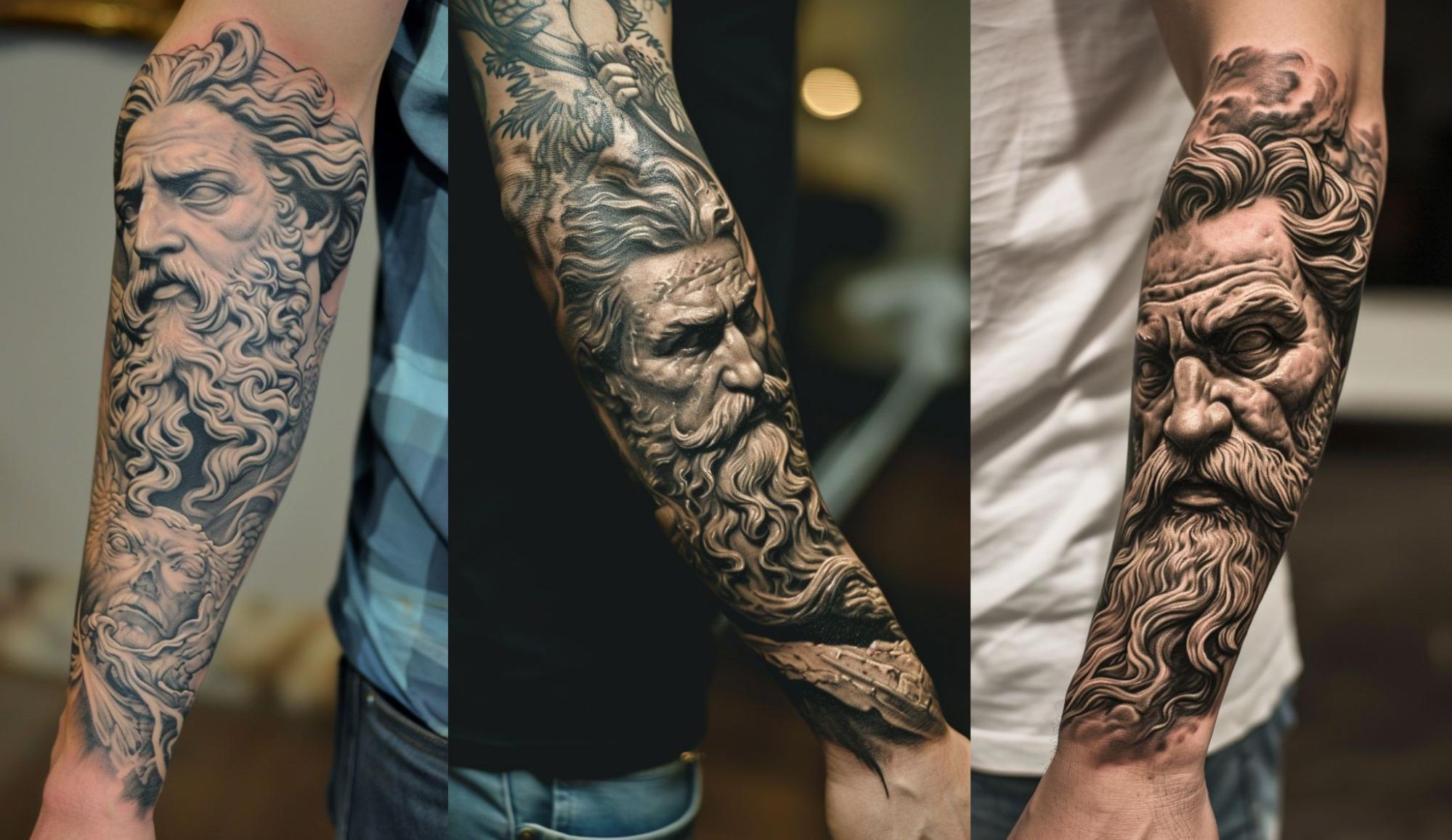
The following function, known as Inpaint, serves a valuable purpose when you specifically aim to modify a selected portion of an image. Once you've upscaled any version of the image, simply click on the "Vary (Region)" button. This action prompts a window to appear, allowing you to choose any area using either a rectangle or lasso tool. Subsequently, you can input the desired prompt for the selected area.
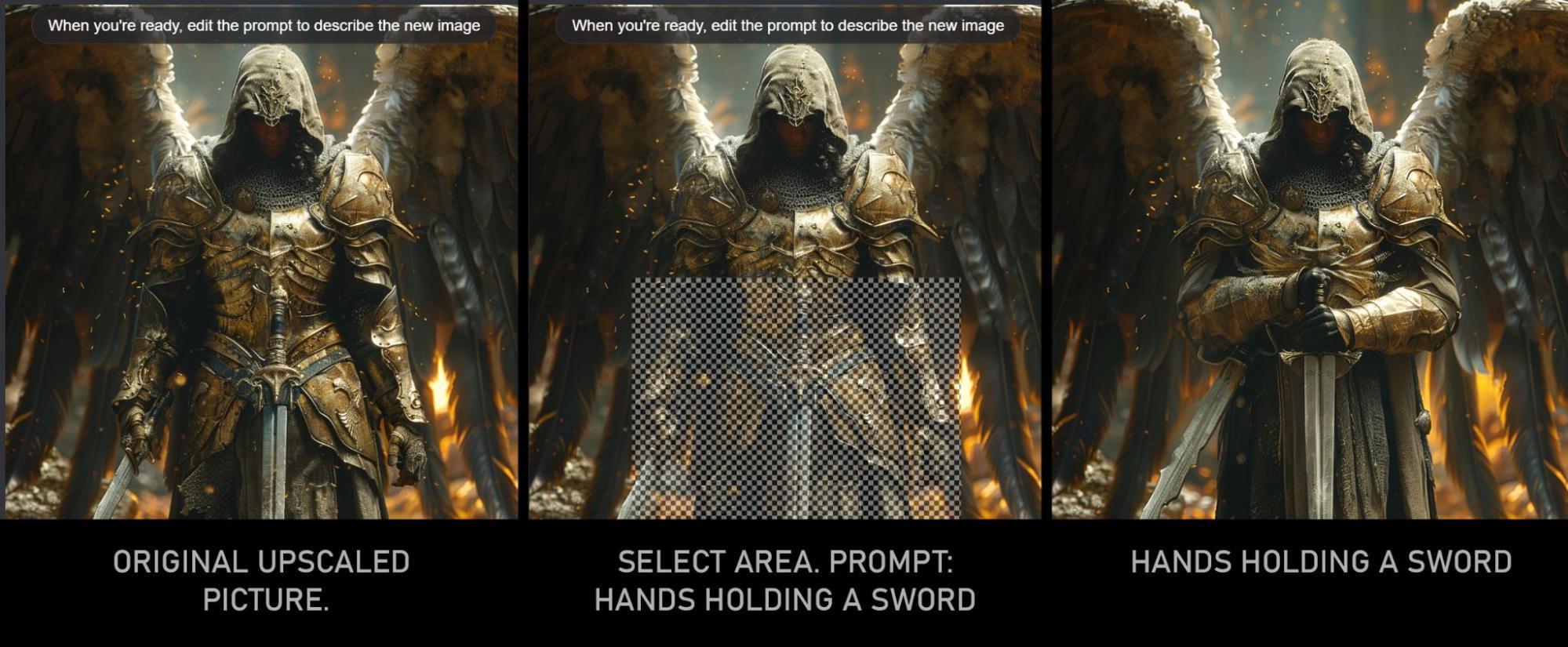
1. Upscaled generation, prompt: Angel warrior holding a sword in front of them.
2. Selected area where we want to change the position of the hands.
3. “Inpainted” version
Stable Diffusion
What is the most powerful of all AI tools? It’s Stable Diffusion.
In this application or through online service you have absolute control over the image generation, and everything you see in any other services gets its inspiration from Stable Diffusion. But it takes time to get used to it.
Next examples were done in Stable Diffusion with online service Graviti Diffus, but you can see the same functions in Krea AI, Leonardo AI, DALL-E and other apps.
While the txt2img tab provides a conventional text-to-image generation mode, it's the ControlNet function that truly stands out. This feature is particularly intriguing as it enables the transformation of ordinary sketches, linework, or any image into the desired style and color palette.
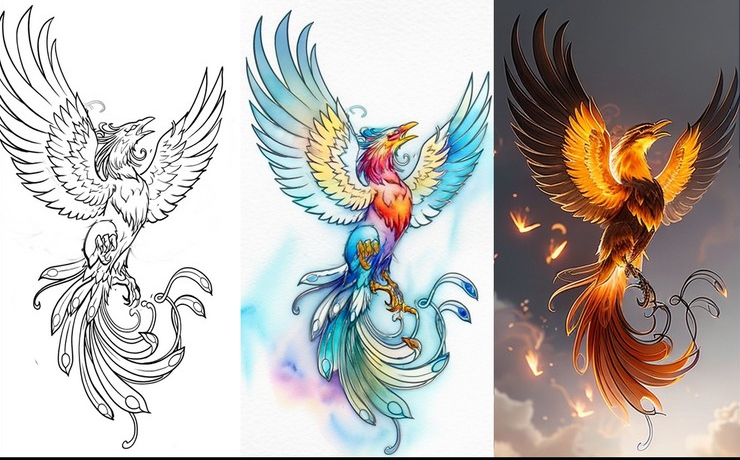
The linework of a phoenix was turned into 2 different styles: watercolor and realistic.
Watercolor version parameters: txt2img, ControlNet model: Lineart or Canny.
Prompt: a watercolor bird phoenix, rainbow colors, watercolor art, intricate details, artstation, 8k.
Model: Deliberate 2.0, Sampling method: DDIM, Steps: 24, CFG Scale: 7
Realistic version parameters: txt2img, ControlNet model: Lineart or Canny.
Prompt: a fire bird, phoenix, fire feathers, in the sky, cinematic, intricate details, artstation, 8k.
Model: Deliberate 2.0, Sampling method: DDIM, Steps: 32, CFG Scale: 7
(Stable Diffusion “Control Net” function)
Previously, restoring low-quality references used to be a time-consuming task, often taking hours. However, with the img2img function, this process is streamlined, requiring just five minutes. For many artists, finding the ideal high-quality reference was a challenging endeavor. Thankfully, this is no longer the case, as any blurred JPEG can now be effortlessly transformed into a meticulously detailed work of art.
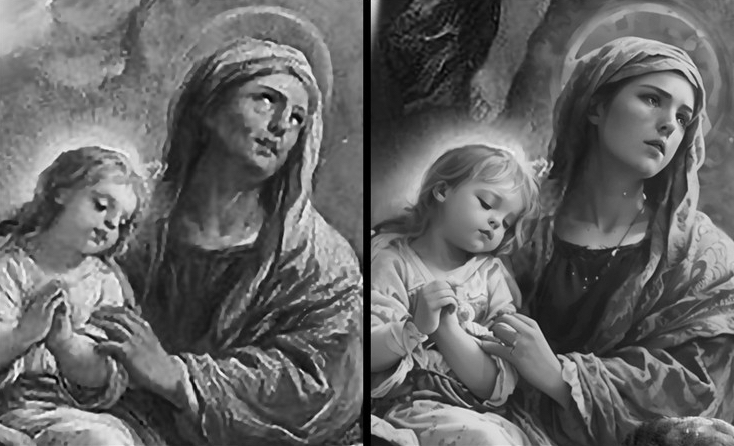
Model: Deliberate 2.0, img2img function
Prompt: a beautiful woman with a baby, cinematic, intricate details, oil painting.
Sampling method: Euler, Steps: 32, CFG Scale: 7, Denoising strength: 0,24
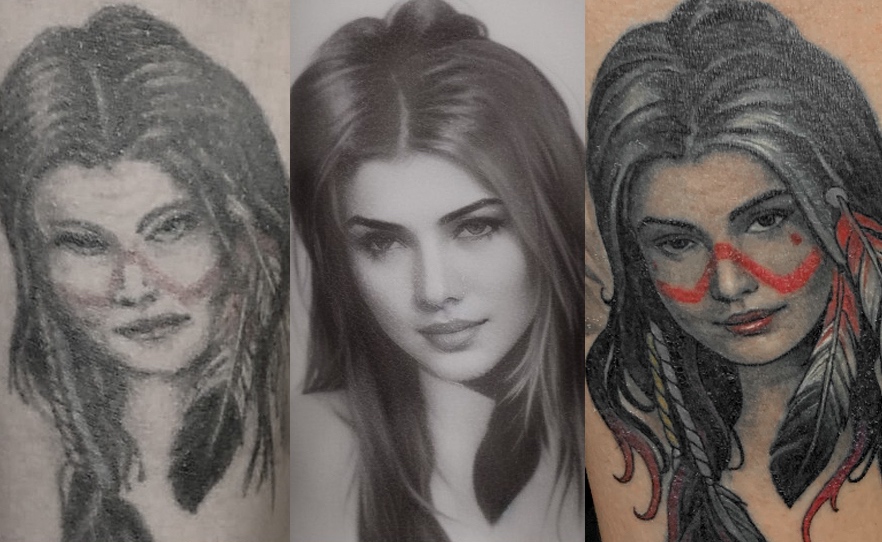
Old tattoo Restoration: AI helped to fix this ugly portrait and helped to keep it in the same shape.
Model: Deliberate 2.0, img2img function
Prompt: a beautiful woman, beautiful face, feathers, cinematic, intricate details, 4k.
Sampling method: Euler, Steps: 24, CFG Scale: 7, Denoising strength: 0,36
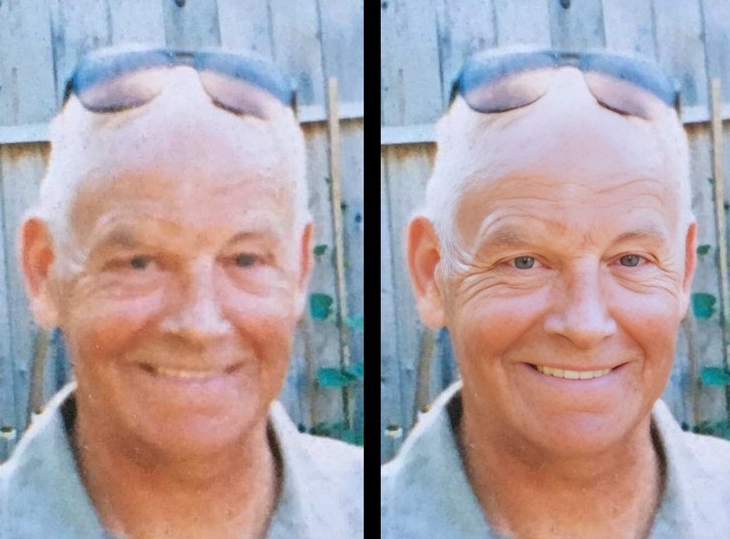
Old photo of a client’s grandfather is brutally blurred but we can fix it in just seconds.
Model: Deliberate 2.0, Extras function
Scale by 2, Upscaler 1: ESRGAN 4x, GFPGAN visibility: 1, CodeFormer visibility: 0,3
ControlNet offers the ability to adjust a character's pose by either replicating a pose from an uploaded reference or crafting a custom pose within its dedicated 3D Openpose Editor. In the following example, I utilized a different posing tool, Magic Poser, to create the desired pose, which was then seamlessly integrated by uploading it directly into the ControlNet interface.
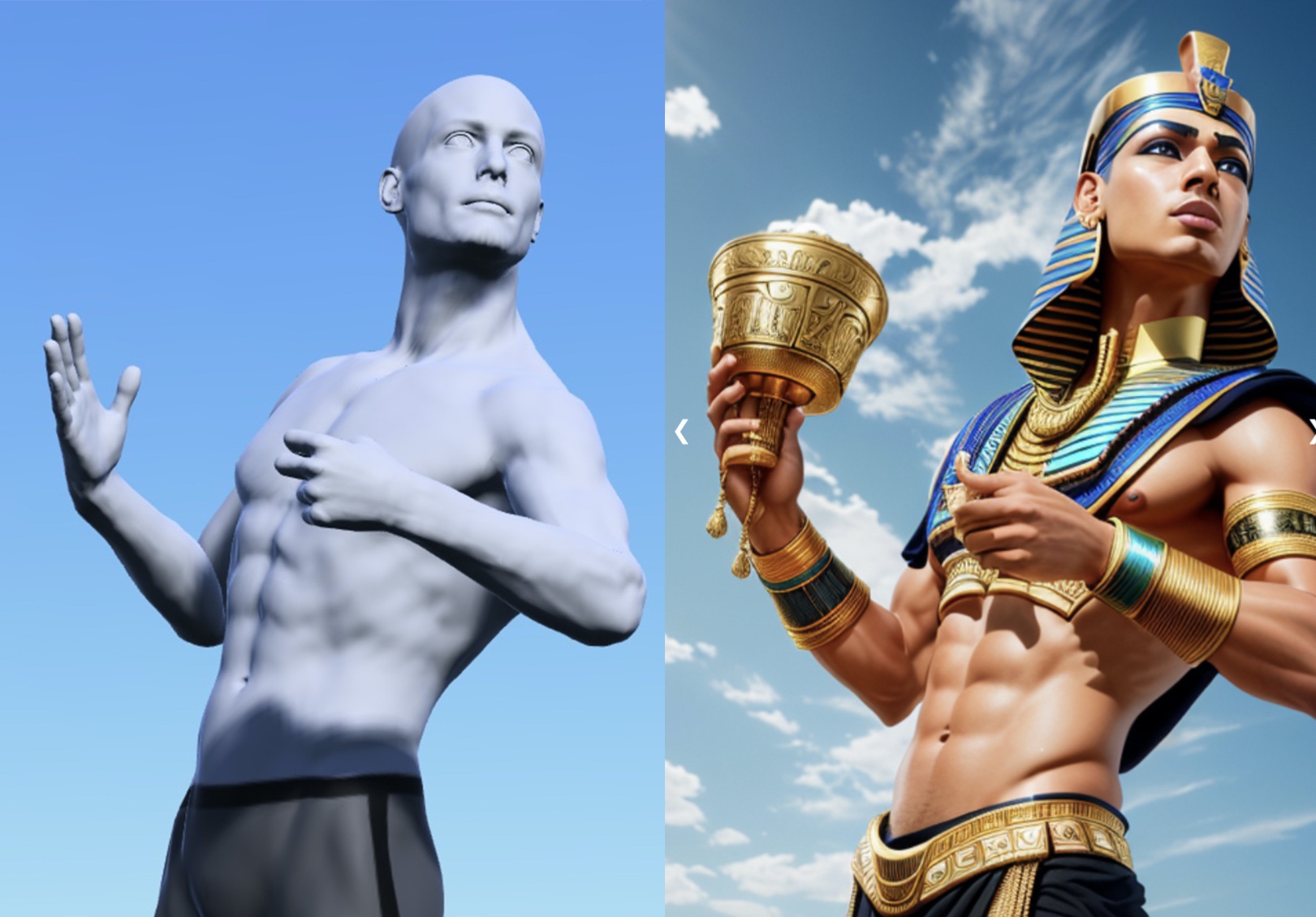
Character Posing: Creating a custom pose (Magic Poser app) for a character.
txt2img Function. ControlNet model: OpenPose
Prompt: A pharaoh, an egyptian pharaoh, a golden jewelry, cinematic, intricate details, artstation, 8k.
Model: Deliberate 2.0, Sampling method: DPM++ 2M Karras, Steps: 20, CFG Scale: 7, Denoising strength: 0,64
Exploring the myriad applications of AI can greatly enhance and simplify your creative endeavors! For instance, MidJourney offers the capability to generate high-quality, rich content seamlessly. Meanwhile, Stable Diffusion empowers users with total control over their generated outputs or uploaded images. Additionally, Krea AI stands out as a transformative force in the creative process.
The table below provides a concise summary of each AI tool's unique abilities.
| Models Quality | img2img function | Inpaint function | Upscale photo | Painting Linework | Interface | |
|---|---|---|---|---|---|---|
| Krea AI | ? | ? | ? | ? | ? | ? |
| MidJourney | ? | ? | ? | ? | ? | ? |
| Stable Diffusion | ? | ? | ? | ? | ? | ? |
| Leonardo AI | ? | ? | ? | ? | ? | ? |
| DALL-E | ? | ? | ? | ? | ? | ? |
Future Trends
While AI has addressed numerous challenges in tattoo design, it's essential to recognize that AI tools complement, rather than replace, the need for an artist's academic knowledge and creativity. The traditional way of creating a design is about controlling a huge number of parameters, including analysis of the client’s personal character. Tattoo remains a deeply human and traditional form of art, rooted in the transfer of artistic spirit and beauty from one person to another.
As we look ahead, we anticipate ongoing advancements in AI-driven tattoo design. The quality of AI-generated designs and the realism of neural models continue to improve. However, the essence of tattooing, a deeply human and traditional art form, will persist. We may witness exciting developments, but we are unlikely to see tattoo vending machines that print tattoos based solely on descriptions. Tattooing's core essence lies in the artist's expertise, personal connection, and creativity.
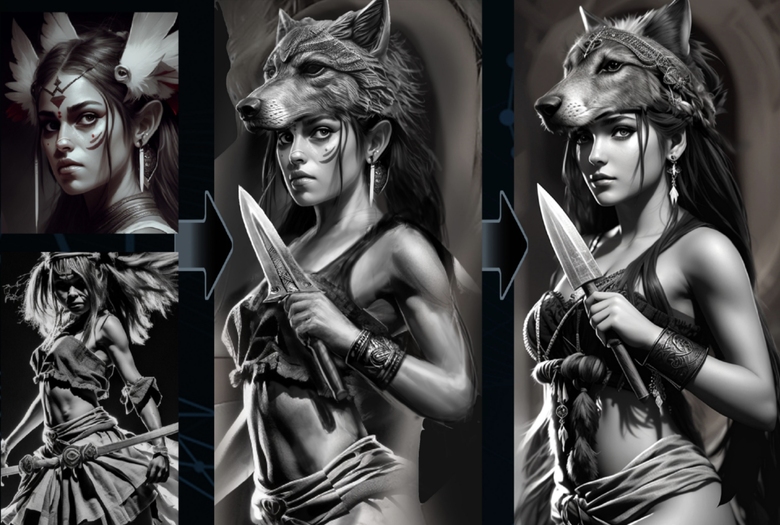

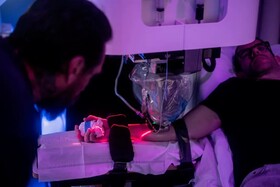
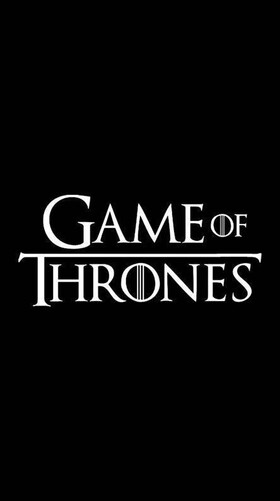
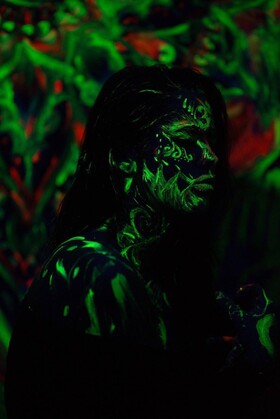
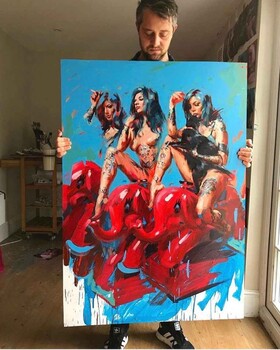
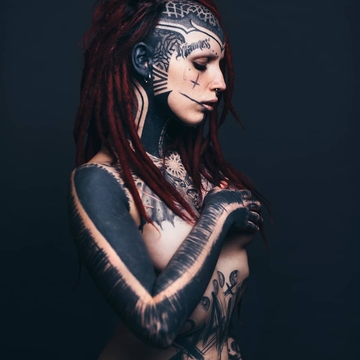
Comments (0)